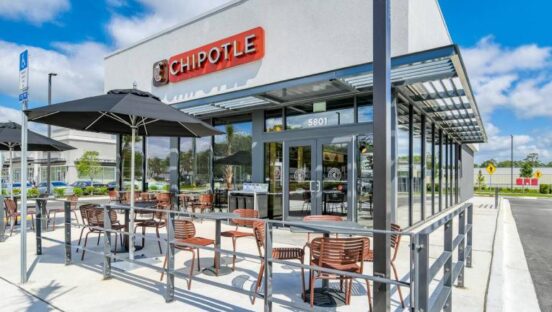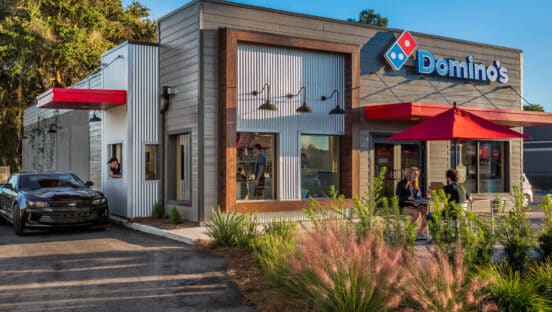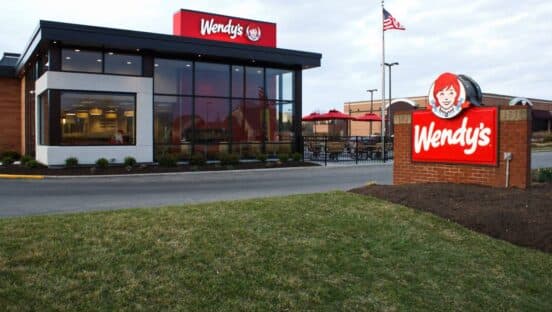Fast-casual restaurants came on the scene in the late 1990s, and really picked up steam starting in 2000. At that time, they were the talk of the restaurant industry, being cited as a new category that was a blending of quick service’s speed, with casual dining’s higher quality menu and elevated customer experience. It was a niche that embodied the best of both worlds.
Early definitions of this new category included fast casual, quick casual, and various other designations. It was also being defined as a place to go for dine-in lunch, an equal mix of sales between lunch and dinner dayparts, and an equal mix between dine-in and takeout. And fast casuals didn’t have a drive-thru. It was regarded as being “too fast food”.
Given the amorphous nature of the fast casual category in 2001, QSR, PepsiCo Foodservice Division, and King Casey conducted the first consumer survey of the fast-casual category. The objectives of the study were to determine a profile of the users of fast casual restaurants and how those users perceived fast casual restaurants as compared with the typical fast-food restaurant. The study revealed what attributes attracted consumers to a fast casual restaurant rather than a fast-food restaurant. These include:
- Good quality food
- Convenient to home
- Faster service
- Good value for the money
- Fresher food
- Menu variety
- Pleasant décor
- Healthy menu items
These attributes became the catchphrases and growth drivers for fast casual brands for the next 20+ years.
Now (2023)
In 2023, a study was initiated by QSR/FSR and King-Casey to develop an understanding of consumer wants and needs for the next generation of full-service restaurants. A particularly interesting insight was gleaned from this study: today’s fast casual restaurants are no more satisfying than quick-service restaurants. Specifically on two dimensions: “extremely desirable” considerations for choosing a restaurant, and “greatly influential qualities and characteristics,” consumers who are less satisfied with fast casuals are disproportionately interested in the following attributes and characteristics:
- Meals made-to-order
- Alcoholic beverages
- A non-chain experience
- Comfortable seating
- Physical menus
- Healthy choices
- Organic ingredients
These characteristics suggest that some consumers simply don’t value today’s fast casual experience as we know it. Importantly, it appears that fast casuals have moved too far away from their original reason for being and initial appeal. They are now seen to be more like quick-serves, rather than a distinct category and niche between quick-service and full-service casual dining restaurants.
So where does a fast casual brand go from here? The best way would be to conduct specific, problem detection research among a cross section of the fast casual segment. The primary objective being to find out which problems are the most frequent and severe and need correction. Once these are clearly defined, a corrective action plan can be developed and put into place. The remedial action plan should be implemented in a select group of test stores in which sales, key attributes, and customer experience can be measured against a matched set of control stores.
The benefits of this approach, in all probability, will be increased sales, fast casual brand perception, customer satisfaction, and last but not least, improved differentiation versus quick-service restaurants.
Tom Cook is a Principal of King-Casey, a restaurant and foodservice business improvement firm. King-Casey provides strategic menu optimization advice and a range of services to help clients manage overall food and beverage offerings affecting their positioning, reputation, and business growth. For more information, visit www.king-casey.com or contact Tom Cook at 203/571-1776 or tcook@king-casey.com







